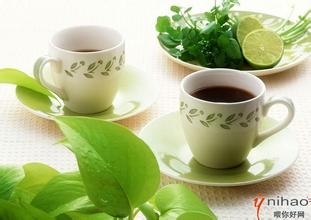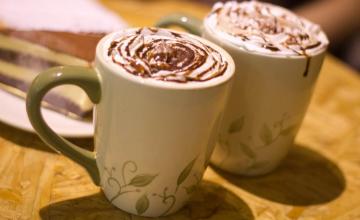Taste balance of El Salvador Mercedes Manor Coffee Flavor description characteristics of producing area taste
Don't underestimate El Salvador's coffee production. In its heyday, it was the fourth largest coffee producer in the world, but decades of civil war almost brought down the coffee industry. Fortunately, the war stopped in recent years and the coffee industry recovered. The only benefit of the civil war for El Salvador was that farmers left their fields barren and could not catch up with the most popular Catimo train of cultivation in the past two decades, thus preserving the ancient bourbon and tibeka varieties. In other words, El Salvador still cultivated in the most traditional shade method, which had a positive effect on the aroma of coffee. In 2005, the Salvadoran hybrid Pacamara swaggered at the coe, leaving many international cup testers confused and wondering how to grade it. Unexpectedly, this hybrid bean not only broke the boundaries of coffee, but also expanded the visibility of Salvadoran coffee.
Salvadoran fine coffee is concentrated in Santa Ana in the west and Charantan Nango volcanic rock producing areas in the northwest. In recent years, almost all of the top 10 cup tests come from these two producing areas, with an altitude of about 900-1500 meters. Bourbon is the main one (accounting for 68%), followed by Pacas (accounting for 29%), and mixed Pacamara, Duraai and Cadura only account for 3%.
The coffee harvest lasts from November to March. All are hand-picked to harvest fresh coffee.
Generally speaking, Salvadoran coffee inherits the mild quality of Central American coffee, which is soft, slightly sour and has a good sweetness. At the same time, it has its own characteristics: aromatic taste slightly sour, very soft; pure without impurities, taste balance is excellent; smooth feeling like cream chocolate is impressive; coffee in the mouth that kind of dense feeling makes coffee have a deep taste, long aftertaste
Coffee was introduced to El Salvador from the Caribbean in 1742 (1740).
In the mid-19th century, El Salvador's original export pillar Indigo industry gradually declined due to the development of synthetic dyes in Europe, and coffee gradually became the main export product under the leadership of the government.
In 1856, the first 693 bags of coffee beans were shipped to Europe. Europe was El Salvador's most important coffee customer until World War II, when it was replaced by the United States.
In the 1970s, El Salvador produced a record 350,000 bags of coffee. As the civil war intensified, the coffee industry was in turmoil.
Coffee production in El Salvador was affected by the internal political situation, and the civil war was suspended after the parties signed a peace agreement in 1992. Coffee industry begins to recover

Important Notice :
前街咖啡 FrontStreet Coffee has moved to new addredd:
FrontStreet Coffee Address: 315,Donghua East Road,GuangZhou
Tel:020 38364473
- Prev

Introduction to the characteristics and prices of coffee grindability varieties of the sour and bright Congo Manor in Nicaragua
The development of the coffee industry in Nicaragua is really not easy. Due to the influence of the civil war, coffee production decreased sharply for a time, but only showed an upward trend in recent years. Although coffee farmers are already living in poverty, and the poor economic foundation makes the coffee industry relatively backward, the coffee produced in Madaguelba, Sinodega and Segovia is still popular in the world.
- Next

Moderate mellowness of Nicaraguan Tianyi Manor Coffee Grinding degree taste characteristics Variety Price introduction
Nicaragua is located in central Central America, facing both the Pacific Ocean and the Caribbean Sea. Has a beautiful tropical amorous feelings. Although it is one of the poorest countries in Central America, it produces coffee that is popular with coffee lovers. The development of the coffee industry in Nicaragua is really not easy. Due to the influence of the civil war, coffee production decreased sharply for a time, but only showed an upward trend in recent years. Although
Related
- Does Rose Summer choose Blue, Green or Red? Detailed explanation of Rose Summer Coffee plots and Classification in Panamanian Jade Manor
- What is the difference between the origin, producing area, processing plant, cooperative and manor of coffee beans?
- How fine does the espresso powder fit? how to grind the espresso?
- Sca coffee roasting degree color card coffee roasting degree 8 roasting color values what do you mean?
- The practice of lattes: how to make lattes at home
- Introduction to Indonesian Fine Coffee beans-- Java Coffee producing area of Indonesian Arabica Coffee
- How much will the flavor of light and medium roasted rose summer be expressed? What baking level is rose summer suitable for?
- Introduction to the characteristics of washing, sun-drying or wet-planing coffee commonly used in Mantenin, Indonesia
- Price characteristics of Arabica Coffee Bean Starbucks introduction to Manning Coffee Bean Taste producing area Variety Manor
- What is the authentic Yega flavor? What are the flavor characteristics of the really excellent Yejasuffi coffee beans?

